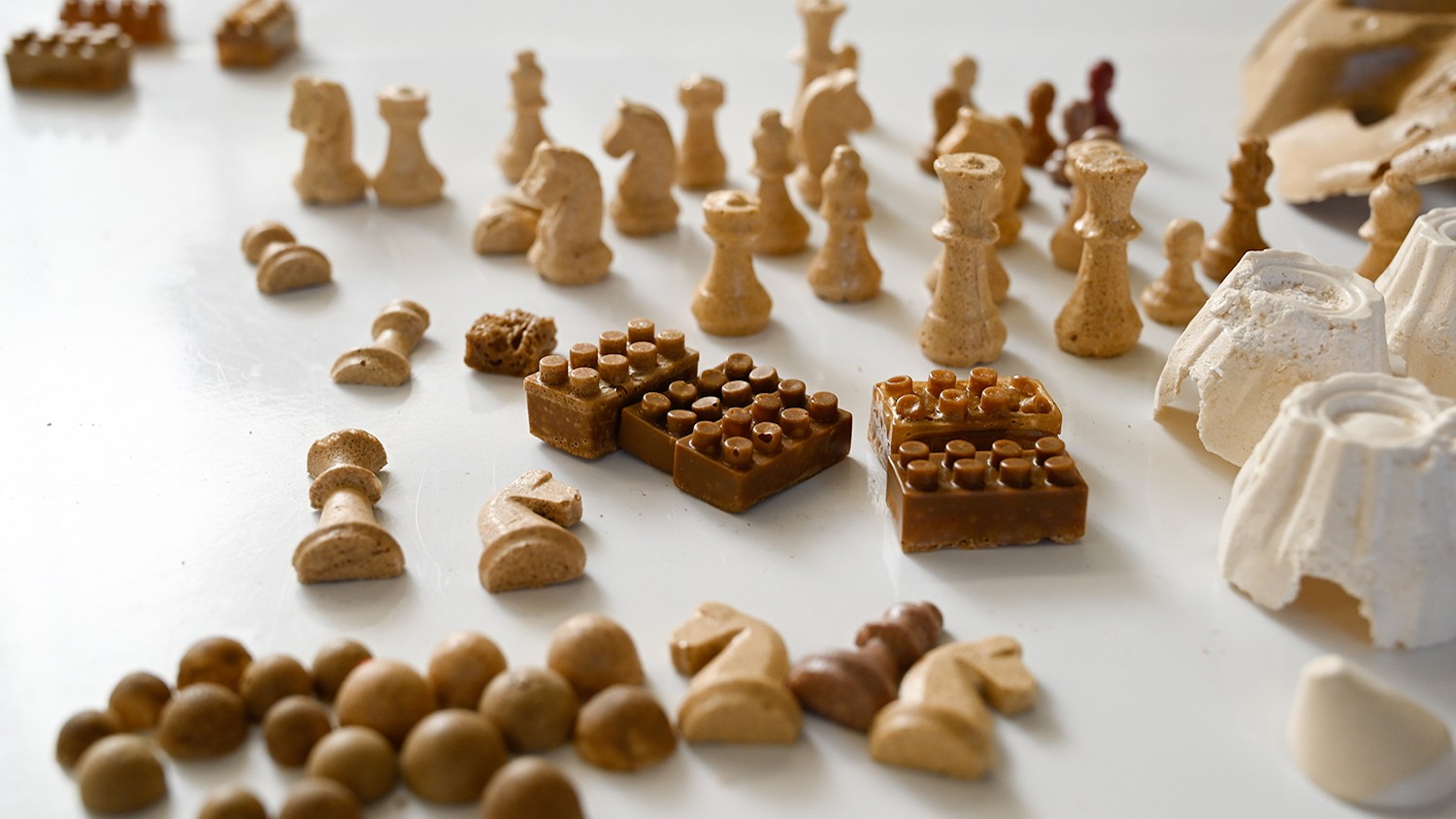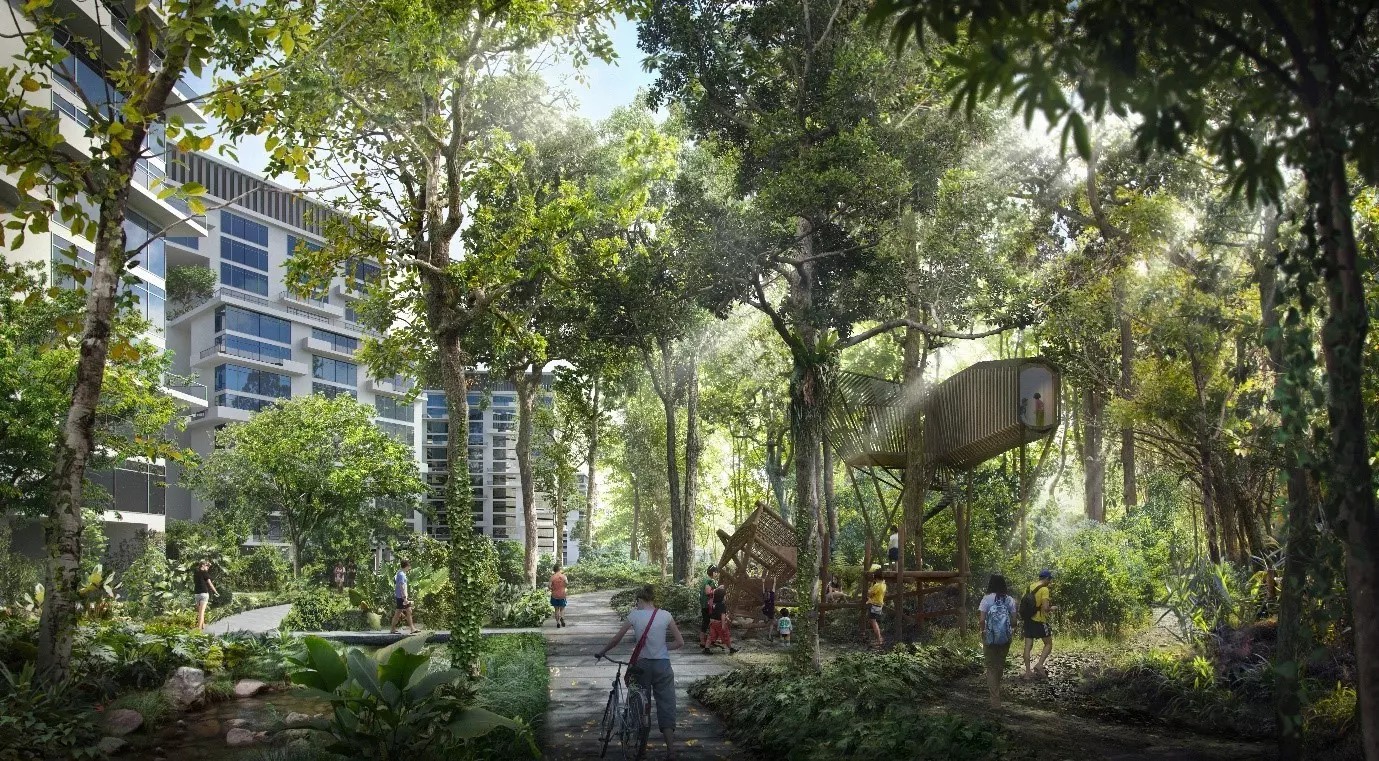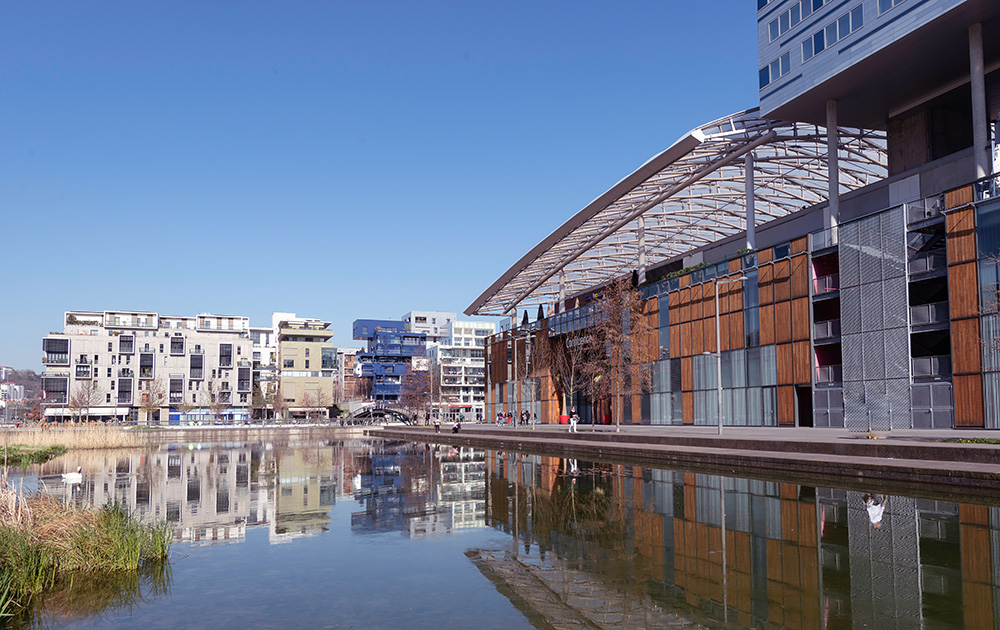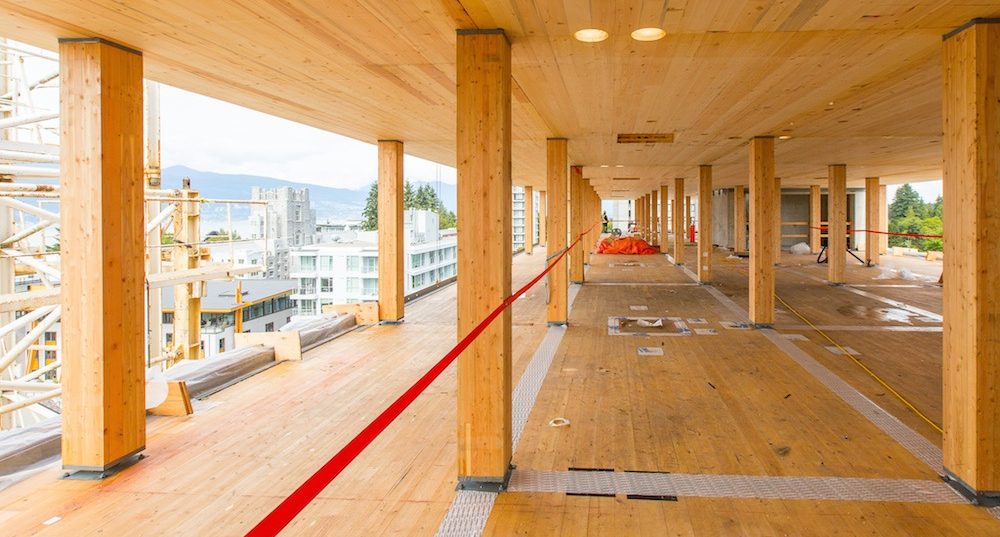Promising new materials
New materials can be quite fascinating. Although some of them are not completely new but re-invented, which is often done by integrating things nature does by itself. Dezeen has a great list of ten future materials that could change the way we build. Favourites in this list: 3D-printed mycelium, hemp rebar, and carbon-sequestering Carbicrete (ok, the last one might be in part because it's from a Montréal company).





